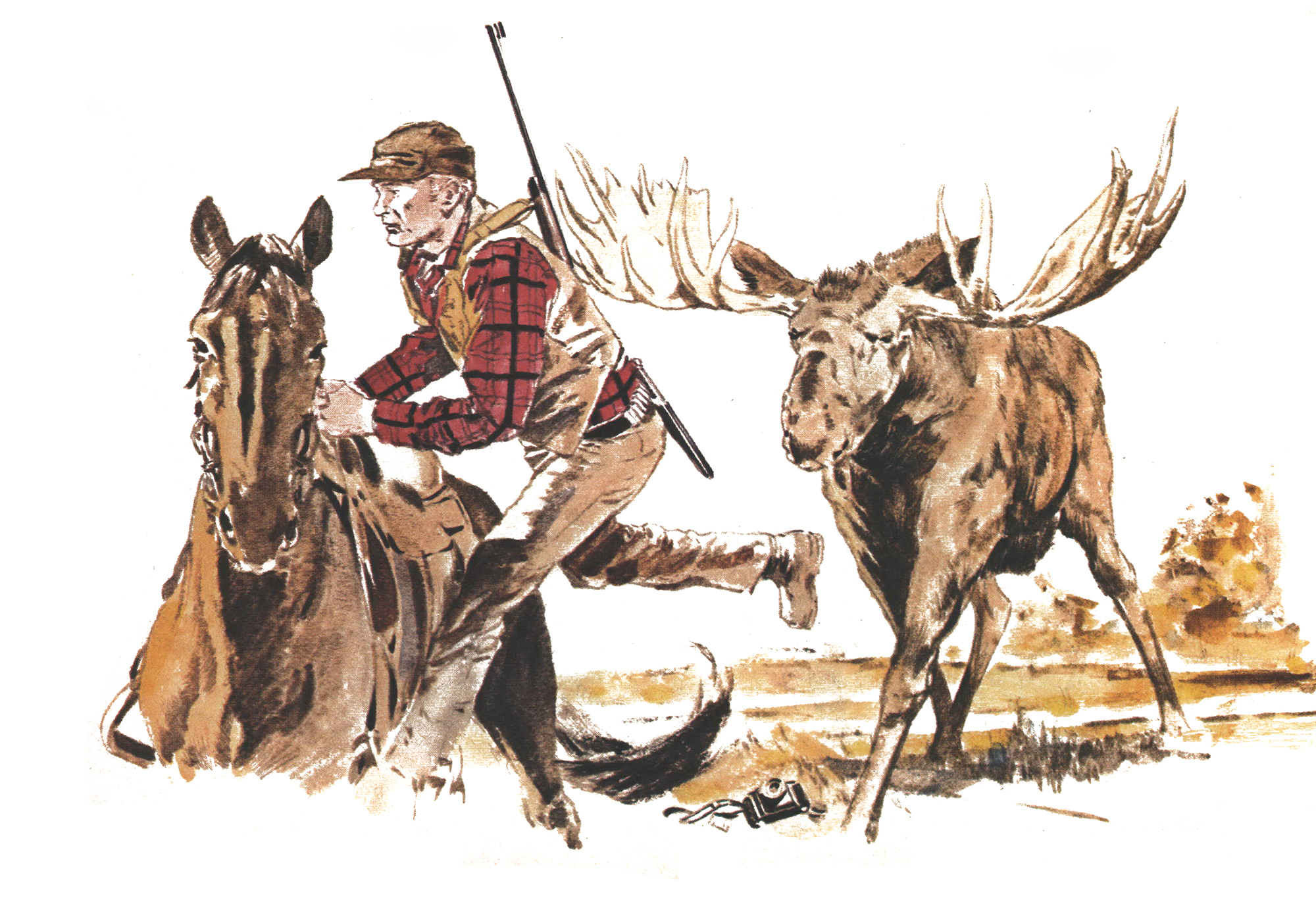Tanna Meals and her husband, Drew, have been hunting together since day one of their relationship. She says that instead of counting their anniversaries by calendar years, they count in deer seasons, and this fall will be number nine. They live in Texas, just south of the Oklahoma state line, and have made memories on both sides of the Red River. But Tanna says last week’s turkey hunt might be one of their coolest yet. Just before 7 a.m. on Saturday, Tanna tagged a banded gobbler while they were hunting together in Eastern Oklahoma.
“I never in a million years thought I’d pick up a [wild turkey] with a band on its leg,” Tanna tells Outdoor Life. “I mean, I knew they existed. I’ve seen them on Facebook and things like that, but yeah … it was unbelievable.”
Read Next: 10 Facts You Didn’t Know About Bird Bands
Although they are sought after and collected by waterfowlers, bands are much less common in the wild turkey world. The aluminum anklets are utilized for the same reasons — namely to track, study, and monitor bird populations — but because there are far more ducks and geese than there are wild turkeys in North America, a hunter’s chances of killing a banded gobbler are way lower.
Tanna, who grew up in Oklahoma, says they hunt her home state more than Texas, and they were up there scouting a lease just north of Rock City on April 25. They also had their one-year-old son, River, with them, who was doing his best to help them roost a bird.
“We’ve taught him how to hoot like an owl, and he’d been hooting with us all afternoon … He’s real proud of himself, and at the end he puts a big emphasis on the ‘oo-ah.’ It’s pretty cute,” Tanna says. “We finally heard one gobble, and he sounded fired up, so we moved around and got another pin on him just to try and pinpoint exactly where he was at.”
Returning the next morning, Tanna and Drew heard the gobbler again, but it sounded too far away. They started covering ground in that direction, and by the time they heard a second gobble — the bird they’d roosted — the two hunters were almost too close. So, they backed off and set up.
“We were kind of at this L in the [two-track]. And the way he sounded, we were assuming he’d pitch down into it, come strutting out, and we’d shoot him right there at the corner,” she explains. “Of course, that’s not how it happened.”
By shooting light, the bird still hadn’t left his roost, and Drew tried calling a few times. The gobbler wouldn’t respond, so he tried a few harder cutts, and the turkey interrupted with a gobble. A few minutes later — what seemed like a half hour in Tanna’s mind — she heard the tom fly down, and then they heard him steadily drumming in their direction. They were expecting the bird to come in from Tanna’s left — it approached from her right.
The tom was moving along the edge of the trees at a good clip. As Drew said “shoot him,” Tanna fired.

“So we jump up and run over there — I’m all excited. And we’re picking up the bird, and at the same exact time, we say ‘He’s banded!’ And then Drew just threw him down, I guess in excitement, and we were just sitting there trying to fathom what just happened.”
The tom was an Eastern that weighed around 20 pounds and had inch-and-a-quarter spurs. After calling the number on the band, Tanna and Drew learned it had been put there by researchers at Oklahoma State University, which took over the banding program originally started by the National Wild Turkey Foundation.
Read Next: Vermont Hunter Ends 4-Year Chase for Rare Smoke-Phase Turkey
Tanna says she’s been in touch with someone at OSU, who told her the tom was banded as a jake in 2023 approximately 5 miles from where she killed it. One of the only reliable ways to age an adult wild turkey is with banding data. While banded turkeys aren’t common, organizations like the National Wild Turkey Federation have ramped up banding research in recent years to better understand wild turkey declines across the country.
“The guy that I spoke with at NWTF,” Tanna says, “you could tell he was super excited about it.”
Read the full article here




